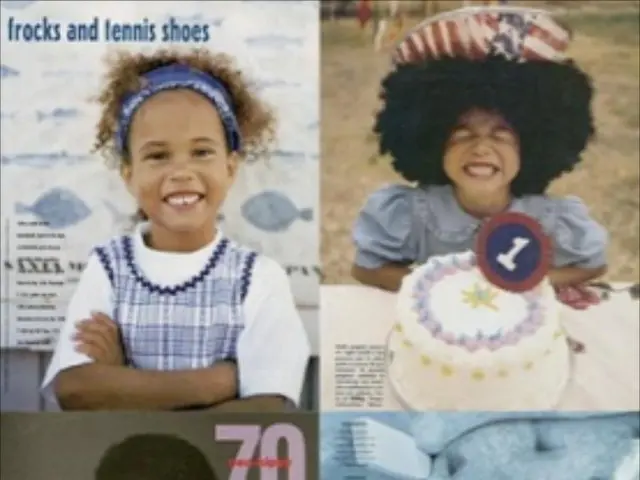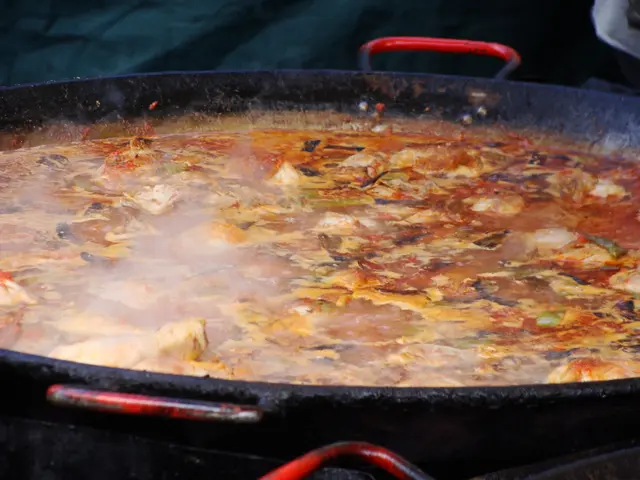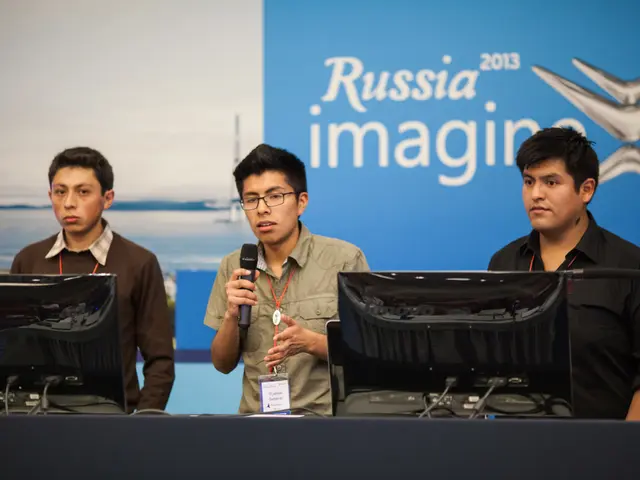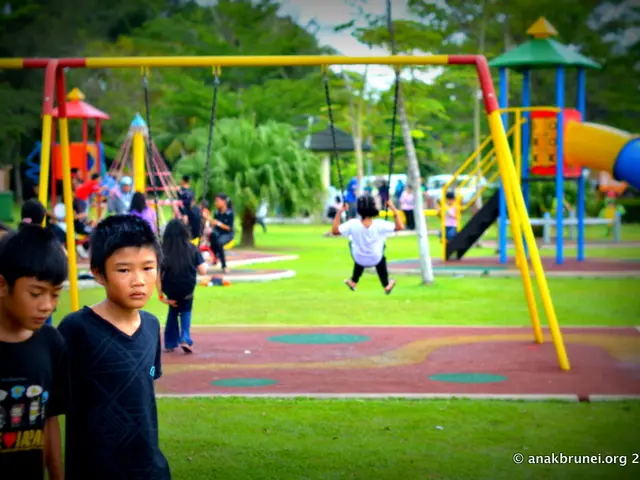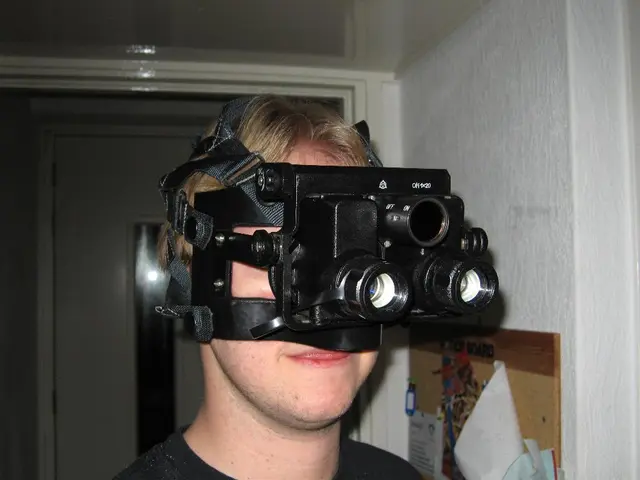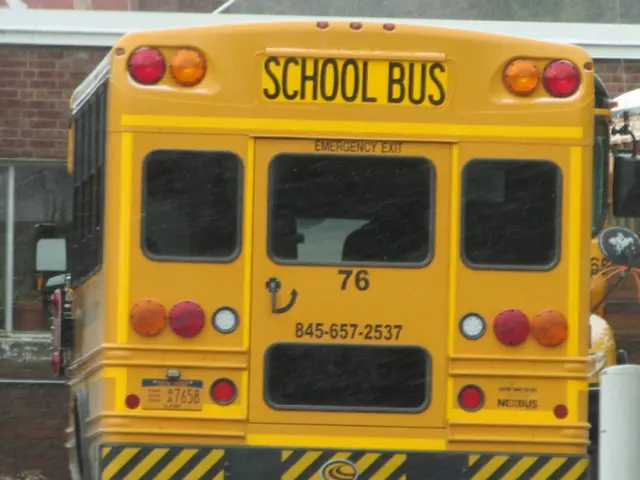Misleading Truths Exposed
In the digital age, it is crucial for students and individuals to develop strategies for evaluating information sources and determining the credibility of the information they encounter online. This article offers practical tips to help readers discern misinformation, disinformation, and malinformation in online media.
The Office of the Prime Minister's Chief Science Advisor's 2023 report, "He Uru Kahikatea," proposes solutions to equip young people with the skills to understand scientific evidence, communicate uncertainty, and keep up with advancements in knowledge. The report is a testament to the importance of media literacy in the modern world.
One resource to aid in this endeavour is the article from The Conversation, which discusses how to ensure maps of the coronavirus pandemic do not mislead. This article provides valuable insights into the importance of accurate information and the potential consequences of misinformation during a global crisis.
Another resource, Countering false information, introduces a suite of resources to help students understand false information and spot it in online media. The article is accompanied by illustrations that can be used to start discussions about online media and the importance of critical evaluation.
The 2015 Connected level 3 article "Pseudoscience" discusses something that sounds scientific but isn't based on solid evidence. This article serves as a foundation for understanding the difference between scientific fact and pseudoscience.
To differentiate between misinformation, disinformation, and malinformation, it is essential to understand their distinct definitions, intent, and examples. Misinformation refers to false or inaccurate information spread without intent to deceive, usually due to error or misunderstanding. Disinformation, on the other hand, is false information deliberately created and shared to cause harm or deceive. Malinformation involves the use of genuine, factual information selectively or out of context to harm or mislead.
To effectively evaluate and differentiate false information, readers are advised to check the source, cross-verify with multiple reputable outlets, assess the intent and tone, look for evidence, beware confirmation bias, fact-check, check dates and context, and support transparency.
In addition to these strategies, readers are encouraged to educate and raise awareness, report false content, encourage critical thinking, amplify correct information, and protect privacy when combating false information. By understanding these definitions and applying critical evaluation methods, individuals and organizations can better navigate online media, reduce the harm caused by false information, and help maintain democratic integrity.
Teacher support material for this article can be downloaded as a Google slide presentation or ordered from the Ministry of Education. The material includes three learning activities that support technology, science, and social science aspects of the New Zealand Curriculum. The Connected journals can also be ordered from the Down the Back of the Chair website, with access restricted to Ministry-approved education providers.
In a 2024 video, Professors Julia Wright and Juliet Gerrard discuss the nature and context of misinformation (and missed information) in science and health, its effects during the Covid-19 pandemic, and lessons for future pandemics and crises. The video serves as a valuable resource for those seeking a deeper understanding of the impact of misinformation on public health.
The article from The Spinoff, written by Siouxsie Wiles and Toby Morris, provides tips for distinguishing between information, misinformation, and disinformation. The article "Read news like a scientist" discusses strategies for approaching science news like a scientist, focusing on finding facts beyond sensationalism.
The Science Learning Hub provides an Ethics thinking toolkit and articles on ethical thinking for teachers. The ClimateViz citizen science project requires help in interpreting climate change graphics to combat misinformation and support scientific communication.
By staying informed, critically evaluating information, and promoting media literacy, we can help combat false information and maintain a well-informed society.
The 2023 report "He Uru Kahikatea" suggests incorporating online education resources like the Science Learning Hub and The Conversation's article on the coronavirus map misinformation to aid in equipping young people with the skills for critical evaluation and understanding scientific facts. The Spinoff's article "Read news like a scientist" offers strategies for evaluating science news, reinforcing the importance of personal growth and education-and-self-development in the digital age. General news and learning platforms should emphasize the significance of distinguishing between information, misinformation, and disinformation to promote accuracy in reporting and contribute to personal growth and general knowledge.

